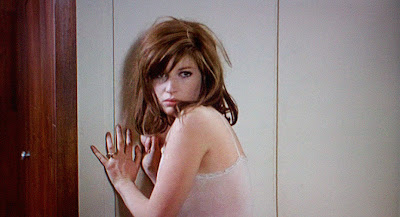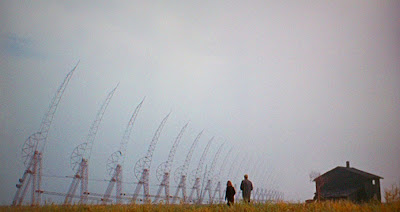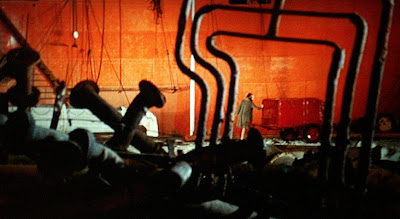 In the final seven minutes of Michelangelo Antonioni's "L' Eclisse"
In the final seven minutes of Michelangelo Antonioni's "L' Eclisse", there is no plot development, dialogue, or otherwise "narrative" advancement. Instead, in a sequence often deleted by American distributors, the camera focuses on the lonely alleys where commuters shift restlessly about with worried glances, and the sun slowly withers away. Antonioni allows our eyes to linger on the abject and ignored objects and angles that form the proscenium of public space-but which are hardly considered propitious subject matter for photography or painting, let alone narrative cinema. Darkness finally envelopes us and we are left with an impression of emptiness, a feeling that, like a thirsty vampire waiting in the wings, the possibility of being overcome by the modern world is high, if not ineluctable.

Although Robert Olsen's work is not quite as maudlin and existentially bleak as my description of Antonioni's famous vignette, emptiness is his main subject, and absence forms the perimeter of his oeuvre. Like the old Seinfeld "pilot" Robert's paintings are about "nothing"..and in this nothing there strangely exists everything. It's hard to describe the work as being either conceptual or visceral...ironic or sincere…or any other falsely conceived dichotomy. It is in fact ALL of these categorical operatives simultaneously and non-exclusively. Olsen's poetic vision confounds me in both it's minimal purity and overwhelmingly elusive non-descriptiveness.

Removed and slightly cold because of its typological iteration of German conceptual tropes (
the Bechers, Richter), and yet Romantically nocturnal, Olsen is painting neither landscapes nor objects…but conflates the two with a painterly photographic eye. The primeval darkness, the swimming blackness that he invokes as backdrop to his non-stages is the most consistent affect, as is the artificial greenish light that eerily illuminate the spaces. But unlike contemporaries such as
Adrian Ghenie..there is no narrative mystery or spectral presence that haunts this work.
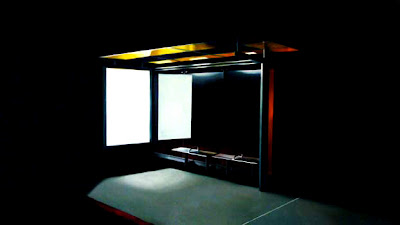
Instead Robert is exploring with Platonic precision the reduction and absorption of experience into society through the serial objects and outposts that represent the terminals of its most far flung mechanical grasp. Rather than painting the bottles and trash of a morning after, Olsen's
vanitas painting is the collection of these emblems of absence, neatly packaged, processed, and waiting for pick up.
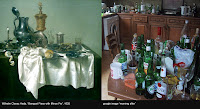
The bus shelter again is empty, and stripped of all but the most necessary structural information. Only the efflorescent glow hints at that this lonely sentinel might still be a functioning vector of humanity. A gas pump might be operational, but there is no car to service. In the long and lonely night we see these scattered signifiers of civilization for the essentially useless and formless objects that they really are. We see them in their "suchness" divorced from the meaning granted them by a bustling and thriving city full of people. This is a necropolis, a graveyard.

The most convincing sign that the grid that we have built over the formless universe is threatening to shed its diaphanous veil and be overwhelmed by the larger ground of being is a series of paintings Robert made of a Ficus tree breaking through the sidewalk as its naturally large roots spread out to search for water.
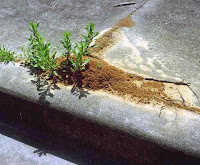
It's a familiar metaphor for the relentless and unwavering force of nature that is often set in opposition to the world that man has "created". Olsen's small quiet painting, a wry observation on the misguided and futile efforts of the public works department, is in fact a sonorous peroration. The all consuming emptiness of Olsen's nocturnal cityscape is a reminder that the modern world in which we live can only be granted meaning and purpose by those who built it. Until then it is an empty stage waiting for actors to appear.
 robertolsenart.com
robertolsenart.com



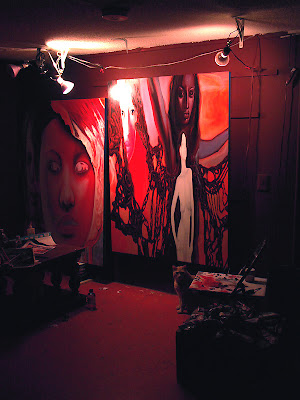

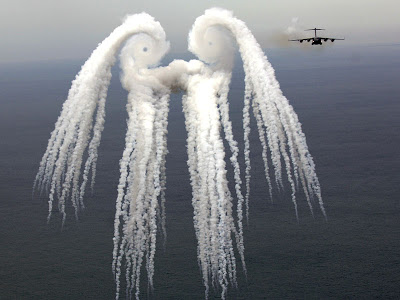
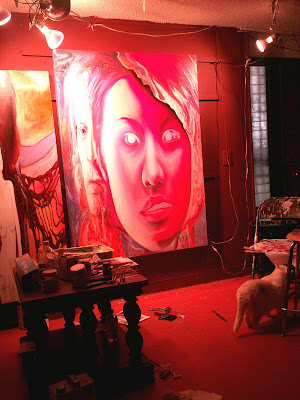









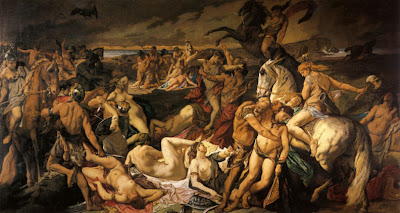
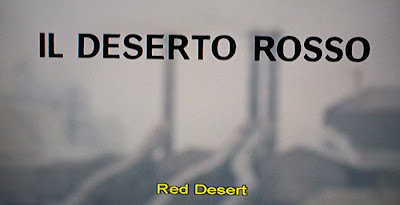 Red Desert
Red Desert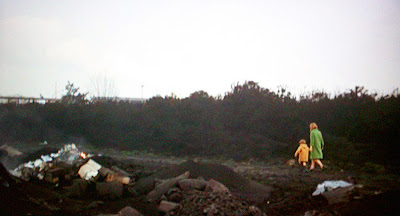 Monica Vitti
Monica Vitti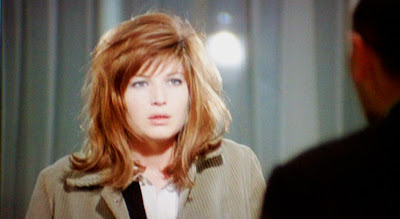 Monica Vitti
Monica Vitti